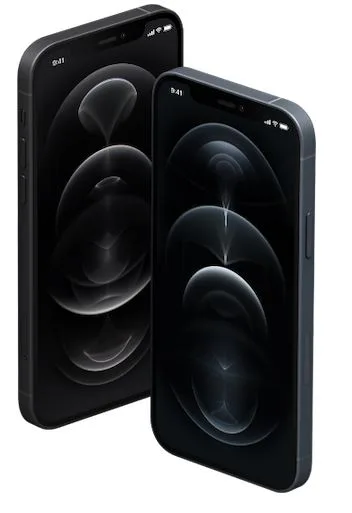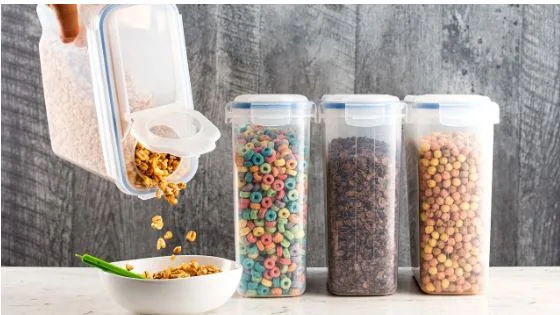iPhone Liquid Detected in USB-C Port? Montreal Fix Guide
Introduction
If you live in Montreal, you know how unpredictable the weather can be — one moment it’s snowing, the next it’s raining, and the summers can be humid. Combine that with the fact that most of us carry our phones everywhere — from snowy sidewalks to steamy kitchens — and it’s no surprise many iPhone users here have seen the dreaded alert:
“Liquid Detected in USB-C Port.”
Your iPhone suddenly refuses to charge. Anxiety kicks in: Is it already damaged? Do I need a new phone? What should I do right now?
This guide is designed to answer all those questions and more. It’s based on the real-world experience of Montreal repair experts at Reparation Tech, who see this issue almost daily. You’ll learn what causes the warning, the exact steps to take (and what not to do), how professionals handle it, and how to prevent it in the future.
By the end, you’ll not only know how to protect your iPhone but also understand why this warning exists and how it saves your device.
Why Does “Liquid Detected in USB-C Port” Appear?
Apple designed newer iPhones with USB-C ports that are more advanced but also more sensitive. These ports are equipped with moisture detection sensors that trigger when even tiny droplets of liquid are present.
The goal: protect your phone from short-circuits and corrosion.
Why USB-C Is More Vulnerable Than Lightning
- Wider Opening: USB-C ports are physically bigger than Lightning ports, which means more room for moisture to get inside.
- More Pins: USB-C has 24 pins (vs. 8 in Lightning). More pins = more points that can corrode.
- Higher Power Support: USB-C supports faster charging, meaning more current. Water + current = higher risk of shorting.
Montreal-Specific Causes
- Snow & Slush in Winter: Snow melts in your pocket, creating droplets.
- Rain Exposure: Even a quick dash across the street can let water seep into the port.
- Humidity in Summer: High humidity can cause condensation inside the port.
- Temperature Shifts: Going from heated indoors to freezing outdoors makes water vapor condense inside the port.
- Everyday Accidents: Spilled drinks, sweat from workouts, or steam while cooking.
First Steps: What to Do Immediately
When that warning pops up, don’t panic. Just follow these safe, simple steps:
- Unplug Everything
Remove your charger, headphones, or any accessories right away. - Hold Phone Upright
Keep the USB-C port facing down so gravity helps liquid drain out. - Tap Out Moisture
Gently tap the phone against your palm to dislodge trapped droplets. - Air-Dry Naturally
Place the iPhone on a flat surface in a cool, dry room. Don’t leave it in sunlight or near heaters. - Wait Before Charging
Apple recommends at least 30 minutes, but in Montreal’s humid climate, waiting a few hours is much safer.
What You Should Never Do
These “quick fixes” are common myths — and they make the situation worse:
- ❌ Don’t use rice: It leaves dust inside the port.
- ❌ Don’t stick tissues, swabs, or toothpicks: They push liquid deeper and damage pins.
- ❌ Don’t use a blow dryer: Heat can warp or melt components.
- ❌ Don’t ignore the alert: Corrosion spreads quickly if you keep charging.
What Happens If You Ignore the Warning
If you keep forcing charging, the risks grow:
- Corrosion: Pins oxidize, turning green/black, and lose conductivity.
- Short Circuits: Water creates a bridge between pins, damaging the charging system.
- Logic Board Damage: If moisture spreads, the motherboard may fail.
- Battery Issues: Swelling, overheating, or permanent failure.
Often, the cost of ignoring the problem is higher than fixing it early.
When Drying Isn’t Enough
Sometimes the alert doesn’t go away even after hours. This usually means:
- Moisture is still deep inside the port.
- Corrosion has already started.
- The moisture detection sensor itself is malfunctioning.
If this happens, don’t risk it. Book a visit to our iPhone repair service in Montreal for safe, professional help.
How Professionals Handle It
At Reparation Tech, we don’t guess — we use tools and techniques designed for delicate electronics:
- Microscopic Inspection: Checking for corrosion invisible to the naked eye.
- Isopropyl Alcohol Cleaning: 99% pure, safe for circuits, removes moisture and minerals.
- Ultrasonic Cleaning Machines: Breaks down corrosion and restores functionality.
- Component Replacement: If the port or pins are damaged, we swap them with premium-quality parts.
This process restores your phone safely, often the same day.
Protecting Your Data
Liquid damage doesn’t just threaten hardware — it can also risk your data.
Tips for Montreal users:
- Always keep iCloud backups active.
- If you’re bringing your phone in, use our Track Repair tool to follow progress.
- If repair isn’t worth it, trade in through ourBuy a Device program where phones are fully tested.
Prevention Tips for Montreal
Everyday Habits
- Use a waterproof case in winter and rainy seasons.
- Don’t charge your phone in the bathroom after hot showers.
- Keep devices out of sweaty pockets or gym bags.
Seasonal Considerations
- In winter, keep phones in inside coat pockets to reduce snow exposure.
- In summer, store phones away from direct heat + humidity sources.
Regular Maintenance
- Get ports professionally cleaned once or twice a year.
- Don’t DIY — cleaning kits often cause more damage than good.
When to Visit a Repair Shop
It’s time to see professionals if:
- The warning appears even after hours of drying.
- Your phone refuses to charge.
- You see discoloration or corrosion inside the port.
- USB-C data transfer doesn’t work.
For fast diagnostics and reliable phone repair in Montreal, local residents can count on our trusted location.
Why Choose Reparation Tech in Montreal
- Local experts familiar with climate-related liquid issues.
- Transparent pricing with clear quotes upfront.
- Premium-quality parts for durability.
- Lifetime warranty on most repairs.
- Same-day service for many liquid damage cases.
Conclusion
The “Liquid Detected in USB-C Port” alert may feel like a nightmare, but in reality, it’s your iPhone protecting itself.
By acting quickly, avoiding harmful myths, and knowing when to get professional help, you can save your phone from costly long-term damage.
For expert help, trust Reparation Tech — your reliable choice for iPhone repair in Montreal.
FAQs
Q1: Can I charge wirelessly if liquid is detected?
Yes, but only if the phone’s back is dry.
Q2: How do I know corrosion has started?
Green or black discoloration, or difficulty charging.
Q3: Does AppleCare cover this?
Liquid damage is not covered under AppleCare standard warranty.
Q4: Why is Montreal climate riskier?
Frequent temperature shifts, snow, and high humidity increase condensation risks.
Disclaimer
This blog is for educational purposes only. It is not a substitute for professional repair services. For safe solutions, consult certified technicians like those at Reparation Tech Montreal.






